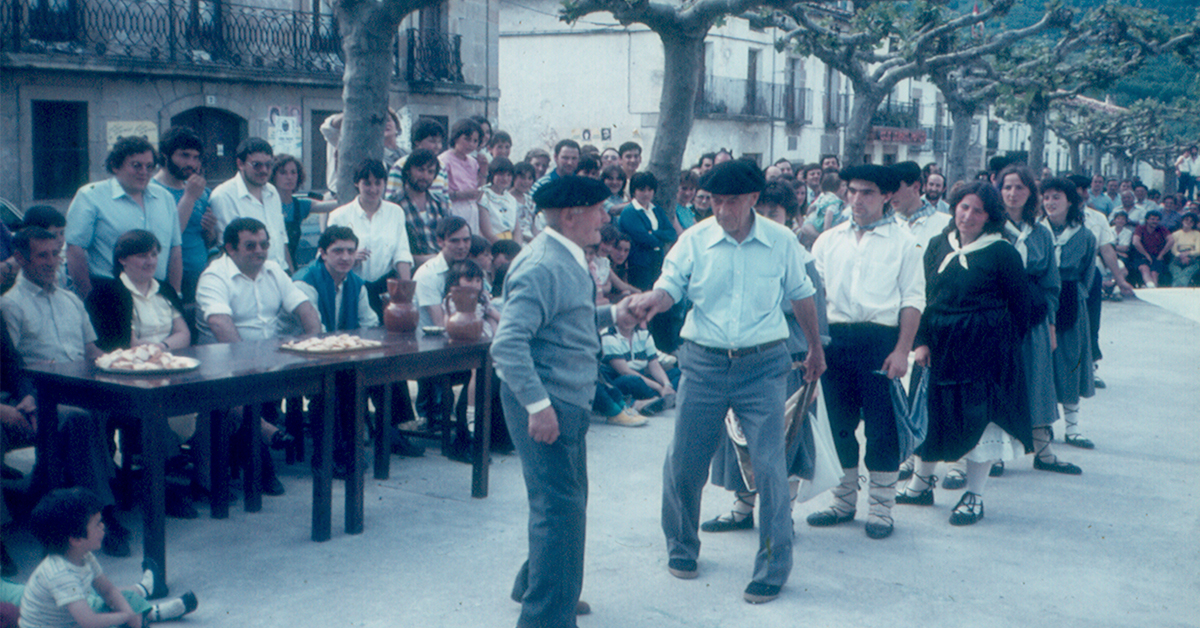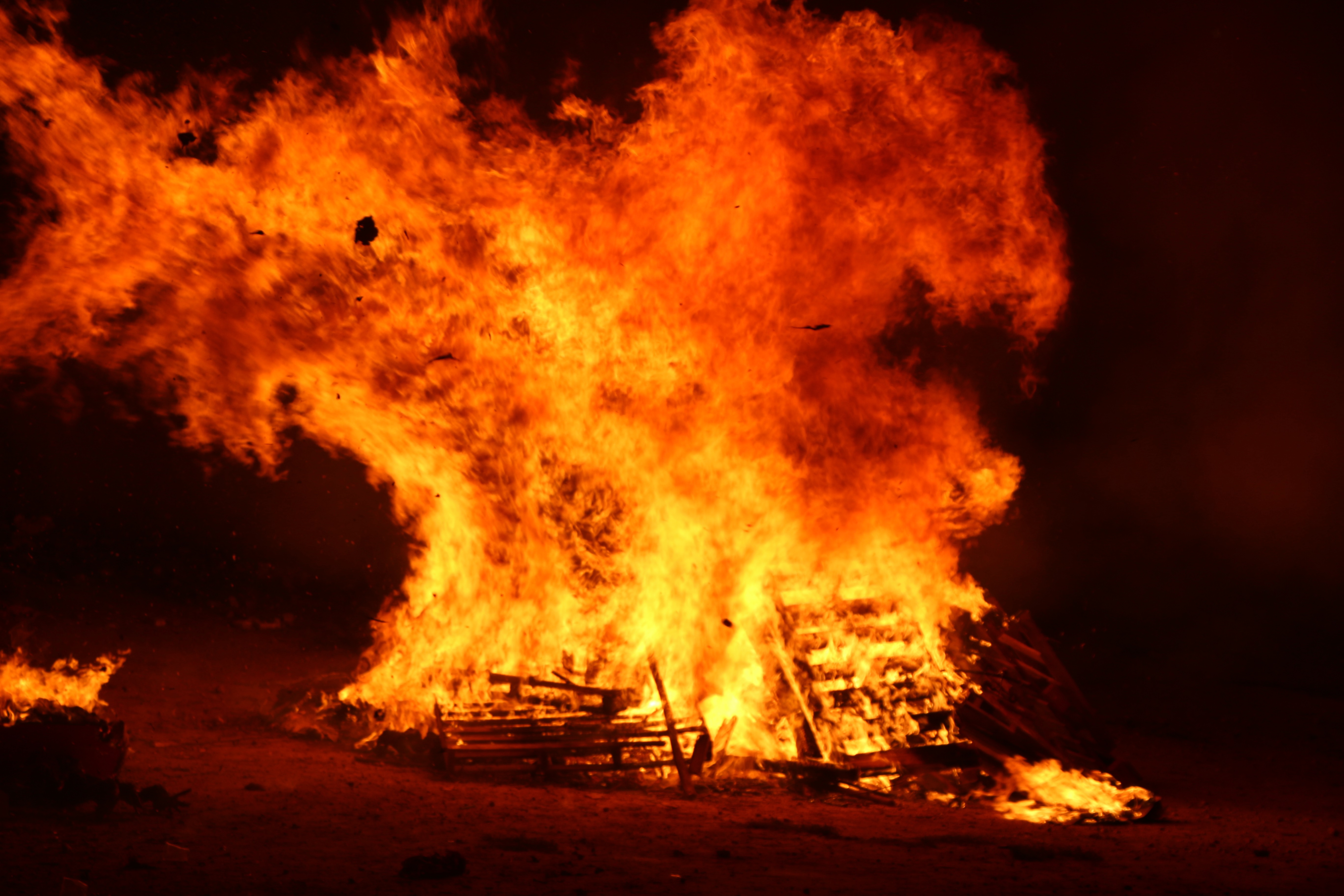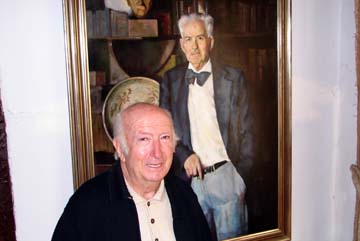Archives
There are two appropriate dates in the calendar for miraculous solutions: the solstices of the year.
On this occasion we shall refer to the summer solstice, or what is the same, the night before St. John’s Day, associated to having great potential for extraordinary solutions which exceeded all natural logic and order.
One of the usual rites of that night aimed at curing herniated children. They were kids whose guts were partially eviscerated by a tear of the peritoneal membrane. They usually had a lump in the lower abdomen, often in the groin, where the thigh joins the lower belly. This injury could bring very serious consequences, including the possibility of death.
Any research into the traditional culture using the methodological groundwork of social and humanistic disciplines pivots on data sources (written, images, observations and oral information). Obviously, oral data need people and their testimony, whose stubborn regularity allows the researcher to use complex qualitative analysis to reach scholarly conclusions. Invaluable collective scholarly knowledge that can address such a wide range of areas as festive celebrations, dances, music, singing, musical instrument, apparel, culinary heritage, rituals, trades or work, etc.
I would like to make a reflection and express a point of criticism regarding the stubbornness of some ethnographers to develop complicated interpretations and mythological studies about the origin and meaning of certain festivals and customs. They make assertions that go against all logic and common sense. Refusing to see reality as it is, ancestral origins and esoteric meanings are claimed. They construct picturesque, fictitious and fantastic theories and hypotheses that can only be the result of a lack of good sense and an unreasonable use of works such as The golden bough: a study in magic and religion by J. G. Frazer or Fiestas populares e insólitas [Extraordinary popular celebrations] by Juan G. Atienza. (more…)







